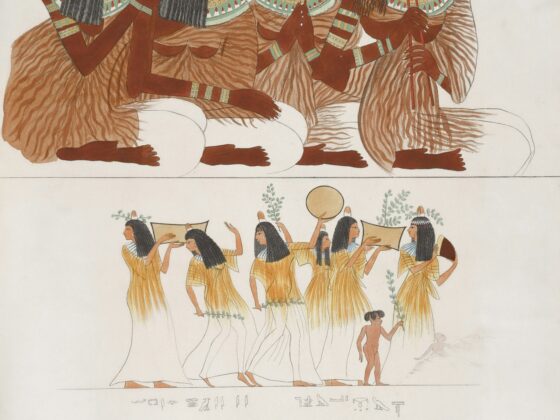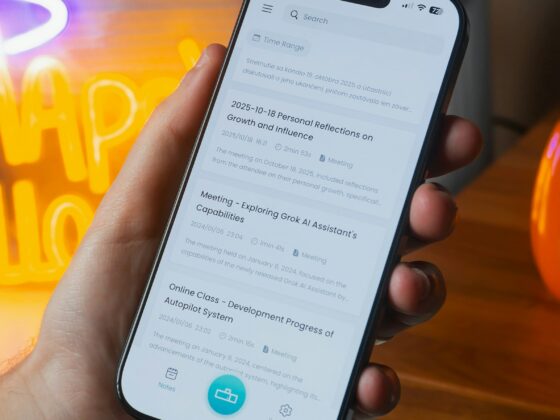Chris Crowley | Advisor | chris@boislane.co.uk
Are you using data to make informed decisions, or is the data informing you of the decisions you need to make?
It’s a subtle difference, but one that defines how the hospitality industry thinks about growth, performance, and the guest experience.
The Comfort of Legacy KPIs
For decades, hotels have measured performance through a familiar lens: RevPAR, ADR, occupancy, GOPPAR. These metrics have formed the foundation of investment cases, performance reviews, and benchmarking conversations across brands and markets.
When a new property opens, the same indicators reappear; cost per key, per-room profitability, net unit growth. These are valid, but they only tell part of the story.
Because when it comes time to grow or sell that same hotel, new data-sets take center stage: segmentation, channel mix, origin markets, seasonality, and length of stay.
And in the background, operations is tracking an entirely different universe of metrics; labour ratios, service costs, and utilities.
The result: three departments, three versions of success.
Data Fragmentation: A Symptom of Structural Disconnect
The hotel tech stack mirrors this divide.
- Operational analytics tools like HotStats, Actabl, and D20 PMI focus on cost control and unit profitability, grounded in USALI standards. Commercial intelligence platforms such as Amadeus, Lighthouse, Demand Calendar, and RateGain capture market performance, rate benchmarking, and demand forecasting.
- Forecasting, Pricing and Revenue optimisation platforms like iDeaS & Duetto drive commercial pricing & segmentation Data visualisation solutions like Juyo help connect these dots, but the underlying logic remains fragmented.
Each system is built for a purpose – but not necessarily for coherence.
This fragmentation isn’t just technical; it’s cognitive. Finance looks backward (lagging indicators). Commercial teams look forward (leading indicators). Operations looks inward (efficiency metrics).
As McKinsey noted in its 2024 Travel Outlook, the hospitality sector is “data-rich but insight-poor” with less than 30% of available data being used to drive real-time decision-making.
From Data Overload to Decision Intelligence
Hotels don’t suffer from a lack of data. They suffer from data fatigue….. too many numbers, too little narrative.
To move from data accumulation to decision intelligence, we need to rethink how we interact with data altogether.
I would describe this evolution through four stages:
1. Distillation
There’s simply too much data. Most hoteliers don’t know which sources matter, and which are just noise. The challenge isn’t access, it’s discernment.
2. Curation
Once distilled, data must be organised and structured to reveal opportunities and outcomes, not just reports. This means connecting financial data with guest and market data to form a coherent business picture.
3. Customisation
Relevance matters. The same dataset should speak differently to an asset manager, a revenue director, or a GM. Data must be contextualised for the decision-maker, not the data scientist.
4. Visualisation
The way data is presented defines its impact. David McCandless famously reimagined blood test results to make them meaningful to non-medical audiences – a perfect metaphor for how hotels must reimagine business intelligence dashboards. Visualisation isn’t decoration; it’s communication.
The Gap Between Finance and Growth
There’s a profound disconnect between Finance (the language of investors) and Go-To-Market (the engine of growth).
Finance depends on lagging indicators; past performance, realised margins, historical cost baselines. Go-To-Market relies on leading indicators; demand signals, booking pace, search trends, and campaign performance.
These are not opposites; they’re two halves of the same decision loop.
Until these perspectives converge, businesses will continue to be guided by competing truths, measuring profitability in one department and potential in another.
In its 2025 Global Hospitality Benchmark Report, Deloitte highlighted that “hotels that integrate financial and commercial data streams achieve up to 15% higher profitability growth” than those operating in silos.
This isn’t just a technology issue. It’s an organisational one.
The Industry Is Changing, But Our Metrics Aren’t
We no longer operate in a predictable world of static seasons, fixed pricing, and clear market segments.
Today’s traveler makes decisions based on fluid motivations: hybrid work, multi-destination trips, sustainability values, and new definitions of luxury and loyalty.
Dynamic pricing has blurred the lines between room categories. Alternative accommodations (Airbnb, serviced apartments, villas) have reshaped guest expectations. Seasonality is no longer fixed, driven instead by flexible work patterns, climate change and digital nomadism.
Yet, much of our data still comes from models built for a pre-digital, pre-platform era.
According to STR’s 2024 Data Evolution Report, 62% of hoteliers still rely primarily on historical performance data to forecast demand. A model that increasingly struggles in a world of volatility and constant recalibration.
We can’t expect new insights from old indicators.
Towards a Common Language of Data
So how do we bridge the gap?
The future of hospitality data isn’t about more dashboards or bigger datasets. It’s about alignment, creating a shared language between finance, marketing, revenue, and operations.
That means integrating:
- Financial KPIs (profitability, ROI, cost per acquisition)
- Commercial metrics (booking trends, demand shifts, guest lifetime value)
- Operational drivers (efficiency, service quality, sustainability metrics)
When these datasets are harmonised, the result isn’t just visibility, it’s strategic clarity.
Decision-making becomes proactive, not reactive. Strategy becomes evidence-based, not intuition-led.
The Next Frontier: From Reporting to Reasoning
The next evolution for hotels isn’t about collecting more data, it’s about reasoning better with the data we already have.
This is where AI, predictive analytics, and decision intelligence can play a transformative role – not as replacements for human insight, but as amplifiers of it.
Imagine an environment where finance forecasts are dynamically adjusted by booking pace, where marketing spend shifts automatically in response to demand signals, and where operational staffing aligns in real time with occupancy projections.
That’s not science fiction. It’s already happening in the most data-mature travel ecosystems – airlines, OTAs, and top-tier asset managers are already here.
The question is whether the hospitality industry as a whole is ready to move from data reporting to data reasoning.
A Call to Reframe the Conversation
We’ve spent decades asking:
“What data do we have?”
But the real question should be:
“What data do we need to decide differently?”
Until the industry starts having that conversation…across finance, go-to-market, and operations, we’ll keep optimising numbers from the past while missing the opportunities of the future.
References & Suggested Reading
- Now Boarding: Faces, Places, and Trends Shaping Tourism in 2024 – McKinsey & Company McKinsey & Company
- The Way We Travel Now – McKinsey & Company McKinsey & Company
- Hotel Benchmarking Platform Market – size & forecast (2024, 2033) Dataintelo
- Revenue Growth Management in Restaurants and Hospitality – Deloitte Deloitte
- Digital Transformation in Hospitality – industry tech commentary citing Deloitte stats techmagic.co
- The Travel Industry Turned Upside Down – McKinsey (on data fidelity) McKinsey & Company





